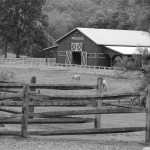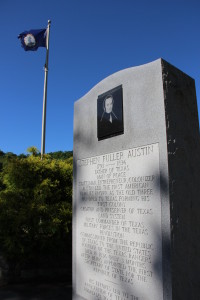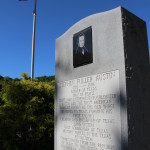Dave Morris, Chief of the Max Meadows Volunteer Fire Department has watched Wythe County transform throughout the course of his lifetime.
Growing up in a very different era in Wythe County’s history – a time when the county was without a completed interstate highway and boasted of only two-thirds its present day population – the Max Meadows resident reminiscences about how different things were in the early 1960s. “Back in those days we didn’t have a local fire department. When we had a fire, firefighters would have to come all the way from Wytheville.”
Though they were fully committed to battling blazes throughout much of the county, the long and winding country roads, sometimes dozens of miles away, left the Wytheville Fire Department stretched thin in many areas.
“In 1965 we had a string of construction fires on the eastern end of the county and it became clear that we needed a separate fire department here,” notes Morris, who was a teenager at the time.
“My father was a firefighter at the Radford Arsenal and had previously served as a firefighter for both the Wytheville Fire Department and the US Army… He got together some local guys and they formed the Max Meadows Volunteer Fire Department.”
With only $100 in annual funding from the county, Bill Morris, the first Chief of the Max Meadows Volunteer Fire Department, worked with the department’s founding members to secure a makeshift fire truck.
“The tank for the truck was donated by Smyth Oil and they kept it parked out in a field until enough funds were raised to build a fire house.”
In the years to come, great changes would come to the department and Wythe County.
Not only would Interstate 81 soon be completed, but eventually a second interstate would be built alongside I-81 – creating the most traveled stretch of highway in our region.
In 1994 the county purchased the department land, just a few hundred yards from the interstate.
A year later, the department’s new firehouse was unveiled.
Following in his father’s footsteps, Dave Morris not only serves as a firefighter at the Radford Arsenal, but also as Chief of the Max Meadows Volunteer Fire Department.
Morris, who joined the newly established department at the age of eighteen, says the challenges the department faces today were completely unimaginable to the original group of founders.
“The Gatorade factory is a million-square-foot building. It, along with the several other factories in our coverage area, presents new risks and possibilities.”
To help meet these challenges, Wythe County, along with the Max Meadows Volunteer Fire Department, has been on the forefront in preparing for worst case scenarios.
Part of that preparation is evidenced by the department’s newest fire truck—a rescue pumper capable of spraying 1,500 gallons of water per minute.
The truck, which was purchased by Wythe County, was furnished with money made available through a generous grant from the Wythe-Bland Foundation.
“Whether it’s a crash on the interstate or a disaster in Progress Park, this truck will undoubtedly have the power to save countless lives,” says Chief Morris.
The truck was purchased at the same time the County of Wythe purchased a fire truck for the Barren Spring Volunteer Fire Department and went in halves with the Town of Wytheville in the purchase of a similar vehicle for their fire department. Both of those trucks were also furnished with grant money from the Wythe—Bland Foundation.
-Jeremy T.K. Farley

















